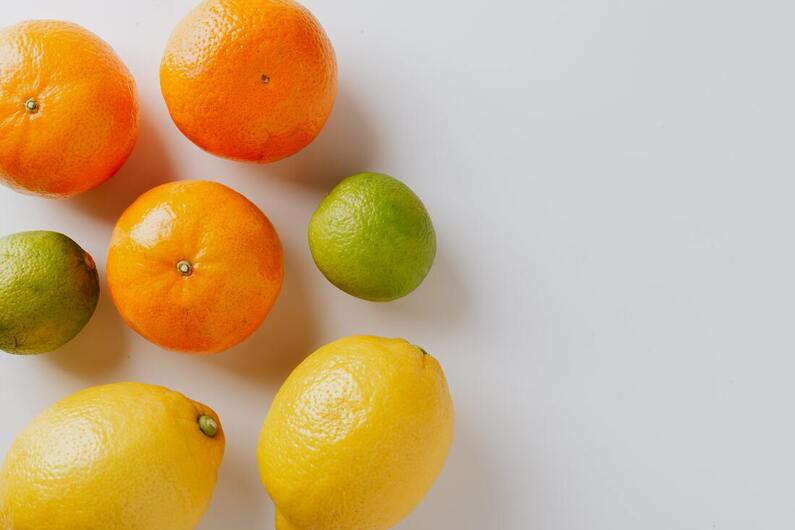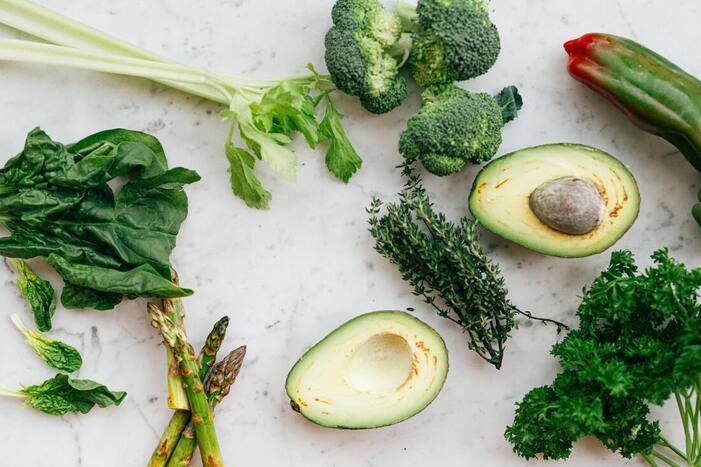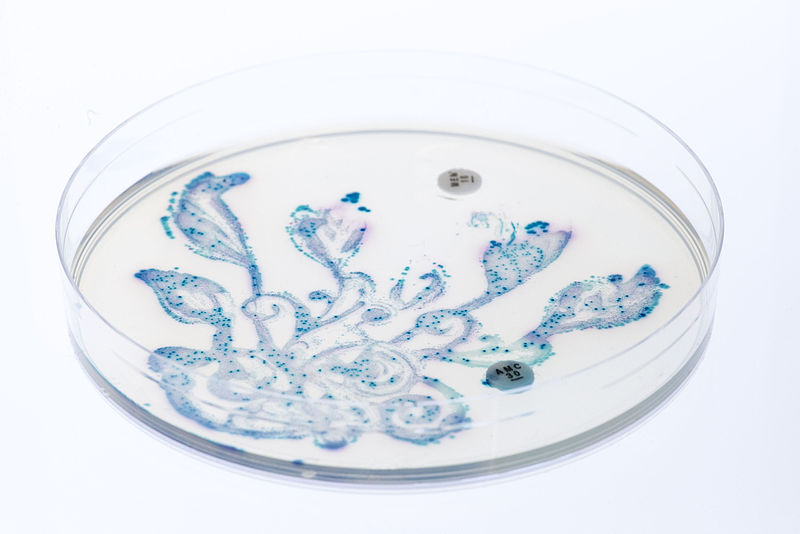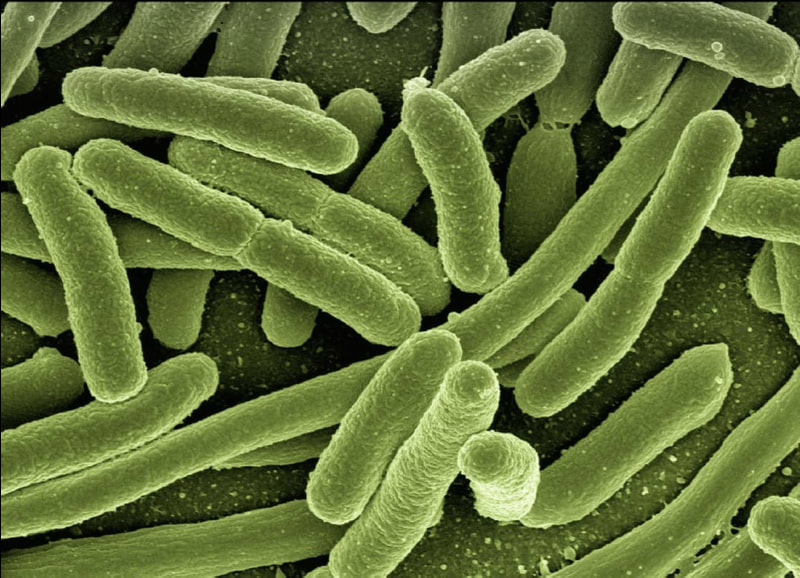Eating Right to Fight COVID-19
Following the holiday season, January marked the deadliest month in the U.S. due to the COVID-19 pandemic. Despite the continued vaccine rollout, there are still signs of another rise in cases, potentially due to spring break and Easter travels. The ongoing climate of the country has caused much worry—the thing on everyone’s mind is the health of themselves and their loved ones. Beyond isolation and social distancing, another step towards protecting oneself from COVID-19 is strengthening the immune system through diet. With adequate nutrition that includes specific macronutrients and vitamins, one can optimally support the immune system and effectively decrease infection risk.
Inflammation and oxidative stress are both natural immune responses that defend the body against infections. When pathogens are detected, the immune system produces proteins and antibodies to help fight off these foreign agents and increases blood flow to damaged areas which triggers inflammation. Oxidative stress is an immune response where free radicals (unstable oxygen and nitrogen species) are produced to fight off disease-causing pathogens. While inflammation and oxidative stress are immune system responses, they can conversely be damaging to the body and its immunity when left unregulated and chronic. Thus, dietary compounds that cause oxidative stress and regulate inflammation levels are heavily studied to determine their role in fighting infections.
A review published in May 2020 explored the effects of various macronutrients, micronutrients, and phytochemicals on the body’s oxidative stress, inflammatory process, and overall immunity. The researchers focused on immune system effects of three dietary compounds: protein, vitamin C, and vitamin E.
Inflammation and oxidative stress are both natural immune responses that defend the body against infections. When pathogens are detected, the immune system produces proteins and antibodies to help fight off these foreign agents and increases blood flow to damaged areas which triggers inflammation. Oxidative stress is an immune response where free radicals (unstable oxygen and nitrogen species) are produced to fight off disease-causing pathogens. While inflammation and oxidative stress are immune system responses, they can conversely be damaging to the body and its immunity when left unregulated and chronic. Thus, dietary compounds that cause oxidative stress and regulate inflammation levels are heavily studied to determine their role in fighting infections.
A review published in May 2020 explored the effects of various macronutrients, micronutrients, and phytochemicals on the body’s oxidative stress, inflammatory process, and overall immunity. The researchers focused on immune system effects of three dietary compounds: protein, vitamin C, and vitamin E.
Image Source: Daria Shevtsova
Low protein diets have been associated with an increased risk of infections. A study using mice showed that low protein intake decreased antibody resistance and caused hyper-inflammation (an exaggerated inflammatory response) which increased the severity of influenza. Thus, a diet sufficient in protein is recommended for an improved immune response against COVID-19. The recommended dietary allowance (RDA) is 0.8g/kg body weight (56 grams of protein for the average sedentary male and 46 grams for the average sedentary female). Protein sources such as eggs, fish, lean meat, whey protein, and plant-based proteins are recommended over protein from processed meats with high saturated fats. Although processed meats contain protein, they can cause increased chronic inflammation and decrease the efficiency of the immune response.
Vitamin C can reduce elevated oxidative stress in the body by stabilizing free radicals. Children who supplemented with vitamin C were observed to have a reduced duration of the common cold. Vitamin C can be incorporated into one’s diet through the consumption of fruits and vegetables, such as oranges, broccoli, brussel sprouts, lemon, and cauliflower.
Vitamin E works together with vitamin C to combat free radicals within the body. Vitamin E has been shown to enhance the function of B cells in the immune system, which secretes antibodies to fight infections. Common vitamin E sources include sunflower seeds and nuts such as almonds, blueberries, kiwis, and broccoli.
This review suggested that a diet for an optimal immune function includes high protein, vitamin C and vitamin E intake. While immunity to COVID-19 remains a pressing topic due to the current state of global health, eating for a strong defense system is important for fighting off pathogens and infections beyond the scope of the coronavirus. With further studies testing the effects of various diet components, the public can gain a new awareness of the body’s health and begin incorporating nutrients into one’s diet as both a preventative measure and a healthy lifestyle.
Vitamin C can reduce elevated oxidative stress in the body by stabilizing free radicals. Children who supplemented with vitamin C were observed to have a reduced duration of the common cold. Vitamin C can be incorporated into one’s diet through the consumption of fruits and vegetables, such as oranges, broccoli, brussel sprouts, lemon, and cauliflower.
Vitamin E works together with vitamin C to combat free radicals within the body. Vitamin E has been shown to enhance the function of B cells in the immune system, which secretes antibodies to fight infections. Common vitamin E sources include sunflower seeds and nuts such as almonds, blueberries, kiwis, and broccoli.
This review suggested that a diet for an optimal immune function includes high protein, vitamin C and vitamin E intake. While immunity to COVID-19 remains a pressing topic due to the current state of global health, eating for a strong defense system is important for fighting off pathogens and infections beyond the scope of the coronavirus. With further studies testing the effects of various diet components, the public can gain a new awareness of the body’s health and begin incorporating nutrients into one’s diet as both a preventative measure and a healthy lifestyle.
Image Source: Karolina Grabowska
RELATED ARTICLES
|
Vertical Divider
|
Vertical Divider
|
Vertical Divider
|






